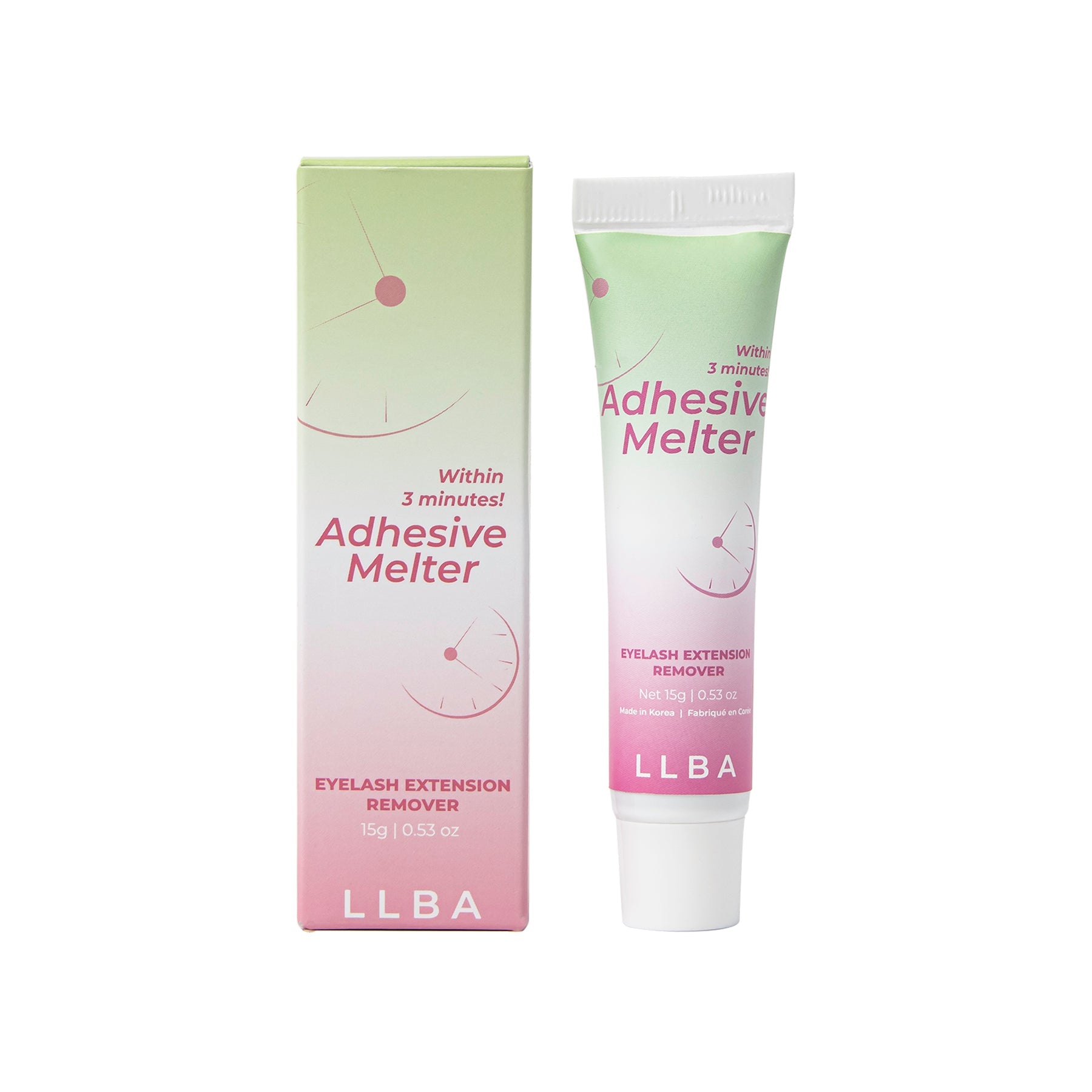Lash shedding: What is it and how to prep your client
Lash extensions are a convenient and effective option for every day to achieve longer lashes, but they come at a price. Finding out how long extension eyelashes last is crucial in evaluating anyone contemplating them for the first time. At any given time, an individual's lashes are in various stages of development, which means that some lashes are growing while others are about to shed. This implies that some extension lashes will come out as lashes shed and be replaced with fresh, no extension lashes a few weeks after your client's consultation, while others will stay in place. If your client doesn't get her extensions refilled every 2-4 weeks, this can result in an uneven, dispersed look.
The good news is that your client will have long full lash sets for about 3 to 4 weeks if they follow the aftercare instructions properly. There is, however, a catch if your clients correctly follow all of the aftercare instructions. Refills are required every two to three weeks for extensions, and these touch-ups are usually not included in the initial application fee. In addition, natural lashes develop and fall out every few months, so they're always growing and falling out.
Lash Growth Cycle
In their growth cycle, eyelashes go through three distinctive phases: Anagen (active growth), Catagen (transition), and Telogen (rest) (resting). It can take anywhere from four to eleven months to complete the cycle.

- Anagen Phase
The eyelashes will begin to blossom during the Anagen phase, also known as the active growth phase. During this stage of the eyelash growth cycle, the natural lashes are drawing blood to fuel their active growth. Because only a tiny fraction of your client's lashes will be in this phase at any given moment, their lashes will retain their lush appearance. The Anagen period can last anywhere between 4 and 10 weeks, allowing the lashes to reach their maximum potential.
- Catagen Phase
Your client's eyelashes have reached their full length and have stopped growing by decreasing the hair follicle and separating from the supply of fuel during the Catagen phase of the eyelash growth cycle. Before transitioning to the ultimate stage of the eyelash development cycle, the lashes will be in this transition phase for roughly 2-3 weeks. Furthermore, if an eyelash drops out or is plucked during the Catagen phase, it will not grow back until the cycle is completed and the Anagen phase begins again. And that is why lash artists must be quite cautious while working with lashes since we never know when they'll be at this stage of development.
- Telogen Phase
Our lashes live out their final days before the Anagen phase begins again in the final phase of the eyelash growth cycle. This is called the Telogen phase, and it lasts 4-8 weeks. The newly formed natural eyelashes start to fall out of the hair follicle during this shedding phase to make space for new lashes.
How often should one get refills?

A lash fill is necessary to add new extension lashes to the natural lashes that have grown in the meantime. If your client foregoes the standard lash fill, they will very certainly require a complete set. According to most lash extension technicians, lashes should be filled every 2-3 weeks. Depending on the retention, as well as how your client cares for their extensions and which skin products they use, your client may be able to wait up to four weeks. For the lash fill, most lash techs ask that the customer has at least 40% of their extensions left; otherwise, it would be considered a full set.
Aftercare tips
- Avoid getting extensions Wet for the First 48 Hours: After the lash extensions have been applied, clients should avoid all contact with water and steam for the first 48 hours.
- Use Oil-Free Cleansers: Advise clients to avoid oil-based products as the oil dissolves the adhesive.
- Avoid Standing Too Long Under the Showerhead: The pressure can lead to premature breakages of eyelash extensions.
- Suggest clients brush their lashes after face wash or a shower with a spoolie brush to remove excess water.
- Lash artists should brief clients to sleep on their side to prevent their lash extension from being rubbed against the pillowcase.
- Advice your clients to avoid touching or rubbing their eyes because this will weaken the bond of the extensions, and they will break out way ahead of schedule.
- Eyelash curlers are not to be used predominantly mechanical ones because they are more likely to break the extension eyelash off.















